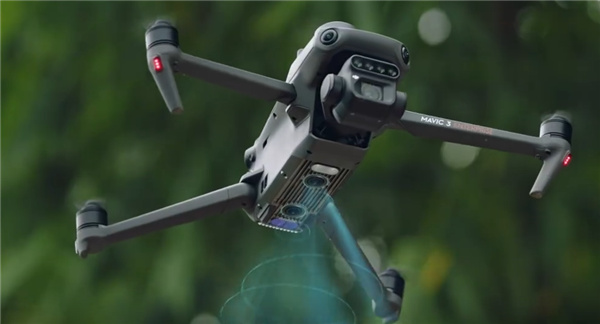When discussing drone technology, it’s essential to understand the broad spectrum of applications. Drones have carved their niche across numerous industries, demonstrating their versatility and capacity for revolutionizing traditional methods. One key area where American made drones shine is in agriculture. Farmers utilize drones to monitor crop health, perform soil analysis, and efficiently manage irrigation systems. These tasks, previously labor-intensive and time-consuming, are now accomplished with precision and speed, illustrating drones’ transformative impact on modern agriculture.
Another domain benefiting immensely from drone technology is aerial photography. Both amateurs and professionals have embraced drones for their ability to capture stunning visuals from angles previously unattainable without expensive equipment. American manufacturers have developed cutting-edge cameras and stabilization systems, making drones indispensable in the field of cinematography. As drones become more affordable, their presence is set to grow in artistic and commercial photography, further establishing their importance in this creative arena.
One cannot overlook the legislative aspects of drone usage in the U.S. As the popularity of drones increases, so does the scrutiny surrounding their operation in public spaces. Regulations ensure safety and privacy are upheld, balancing innovation with public interest. The Federal Aviation Administration (FAA) sets guidelines to govern drone operations, emphasizing safety and responsible use. Understanding these regulations and adapting to them is crucial for all drone operators, whether for commercial or recreational purposes.
Frequently Asked Questions
What industries benefit from American made drones?
American made drones benefit agricultural, photographic, search and rescue, and defense sectors. They are versatile tools facilitating crop monitoring, aerial imaging, emergency operations, and tactical missions.
Are there restrictions on drone usage in the U.S.?
Yes, the FAA establishes regulations to ensure safe and respectful drone usage. These rules address operational parameters, privacy, and safety concerns that drone operators must adhere to.

How has AI influenced drone technology?
AI enhances drone capabilities by improving navigation, object recognition, and automated decision-making processes, making drones more efficient in complex scenarios.